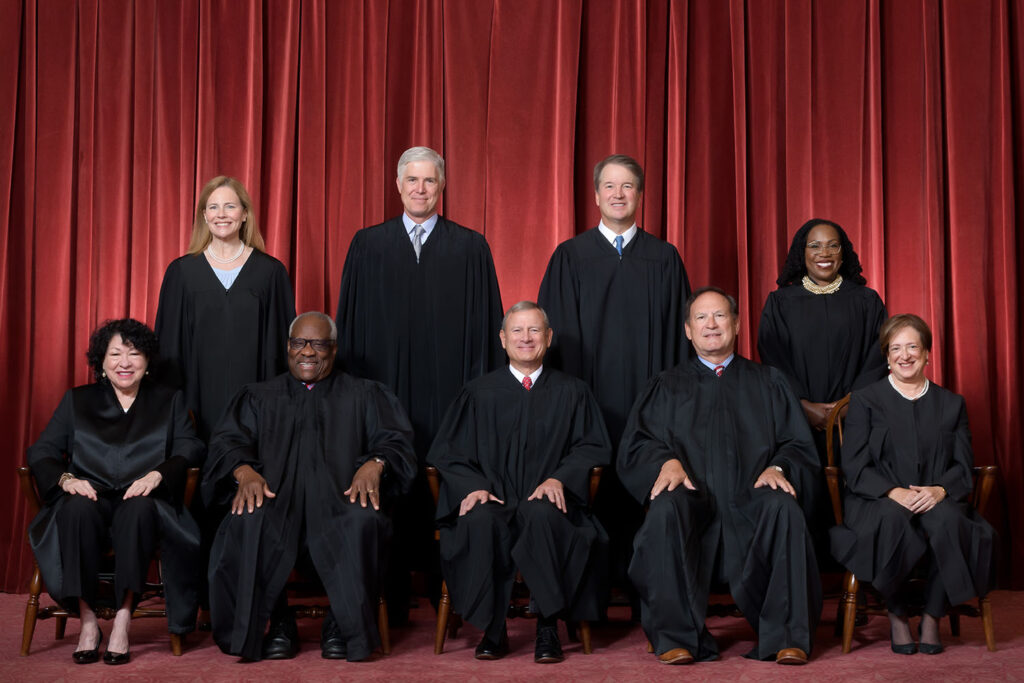Why Pick Federal Appeal Lawyers: Proven Strategies for Successful Appeals
Why Pick Federal Appeal Lawyers: Proven Strategies for Successful Appeals
Blog Article
Demystifying the Process of Federal Appeals: What You Need to Know
Navigating the complex world of government allures can frequently appear like going across undiscovered waters for those not familiar with the procedure. Understanding the nuances of appellate court jurisdiction, the ins and outs of submitting a notification of allure, offering an engaging brief, and making a persuasive oral argument are important elements that can dramatically influence the end result of an instance. By unraveling the layers of complexity surrounding government appeals, people can obtain a more clear understanding right into the mechanisms that govern this vital stage of the legal system.
Understanding Federal Appeals Process
Looking into the intricate world of the government charms process reveals a organized and systematic trip with the judicial system. Federal appeals act as a crucial mechanism for assessing choices made by reduced courts. Comprehending this process is necessary for any individual included in lawful procedures at the federal degree.
The procedure usually begins with a party dissatisfied with a lower court's judgment filing a notification of allure. This causes an evaluation by a higher court, where a panel of courts examines the legal debates provided by both parties. Briefs outlining the lawful reasoning behind each event's placement are submitted, and dental disagreements might be heard to clear up complex concerns.
The appellate court's decision is based upon a detailed examination of the lower court's procedures and the debates offered. The judges do not focus however reconsider truths on whether lawful mistakes happened that impacted the reduced court's choice. As soon as the appellate court gets to a choice, it can attest, turn around, remand, or change the reduced court's judgment, supplying clearness and finality to the lawful conflict. Comprehending this process is important for navigating the complexities of federal appeals efficiently.
Appellate Court Territory Described
As we advance from comprehending the federal allures procedure to exploring the intricacies of appellate court territory, a basic facet comes to light pertaining to the authority and restrictions of these higher courts in the legal landscape. Appellate court territory refers to the scope of instances that a particular appellate court has the power to decide and assess upon. Unlike high court that hear instances for the very first time, appellate courts are limited to assessing decisions made by reduced courts. These decisions can include judgments from both state and government courts.
Appellate courts have territory over certain sorts of cases, typically those including lawful errors, step-by-step issues, or concerns of law rather than accurate conflicts. The territory of appellate courts is generally described in statutes and regulations that govern the court system. Recognizing appellate court jurisdiction is important for events included in the appeals process as it establishes whether a case is eligible for testimonial and the extent to which the appellate court can intervene in the lower court's decision.
Declaring a Notification of Appeal
The preliminary action in starting the federal appeals process includes submitting a Notification of Appeal with the suitable appellate court. This vital paper officially notifies the court and the other events associated with the situation that the appealing event plans to look for a review of the lower court's decision. Filing a Notice of Appeal is a rigorous procedural demand that sets the appellate process moving.
When preparing the Notification of Charm, it is crucial to ensure conformity with the specific regulations and guidelines of the appropriate appellate court. federal crime lawyer. The record must generally include information such as the case name, the lower court's name, the day of the judgment being appealed, and a succinct statement suggesting the premises for the allure

Instruction and Oral Debate
In the appellate process, offering composed briefs and taking part in oral debates play pivotal duties in advocating for the appealing celebration's placement before the appellate court. Briefs are thorough legal papers that outline the celebrations' arguments, legal authorities, and evaluation supporting their settings. These created submissions supply the court with a detailed understanding of the truths of the situation, the pertinent law, and why the appealing celebration thinks the lower court's decision must be overturned.
Complying with the entry and testimonial of the briefs, dental debates provide the celebrations a possibility to further clarify their positions, attend to any kind of inquiries the appellate judges may have, and highlight bottom lines from their created briefs. Oral arguments are a chance for the attorneys to persuade the courts through verbal advocacy and reactions to queries from the bench.
Both the created briefs and dental arguments are vital parts of the appellate procedure, permitting parties to present their case thoroughly and compellingly before the appellate court. - federal appeal attorneys
Getting the Appellate Court Decision
Upon conclusion of oral disagreements and submission of composed briefs, the next essential stage in the appellate process includes awaiting the decisive ruling from the appellate court. This duration of expectancy can be loaded with a mix of anxiousness and wish for celebrations included in the charm. The appellate court's decision is generally delivered in a written format and describes the court's final thoughts on the legal concerns offered, the thinking behind their decision, and the judgment rendered. The moment framework for getting the appellate court's decision can differ, yet courts aim to offer prompt resolutions. As soon as the decision is released, events have to meticulously evaluate the court's ruling to recognize the outcome and establish any type of additional steps that might be needed. Whether the appellate court affirms, turns around, or remands the lower court's decision, recognizing the ramifications of the ruling is critical for all celebrations involved in the appellate procedure. Promptly assessing and comprehending the appellate court's choice is important in browsing the next actions in the legal procedures.
Final Thought
To conclude, the federal charms procedure is a complex but vital action in seeking justice. Understanding the appellate court jurisdiction, submitting a notification of allure, preparing briefs, and presenting oral disagreements are all essential components of this process. Eventually, getting the appellate court choice can give clarity and resolution to legal disputes. It is essential to browse the government allures procedure with persistance and focus to information to achieve a fair outcome.
As we progress from understanding the government appeals procedure to studying the details of appellate court territory, a basic element comes to light relating to the authority and limitations of these higher courts in the legal landscape. Appellate court territory refers to the extent of situations that a specific appellate court has the power to evaluate and choose upon. Unlike test courts that listen to cases for the first time, appellate courts are restricted to examining decisions made by lower courts. more tips here Recognizing appellate court territory is important for celebrations involved in the allures procedure as it identifies whether a case is qualified for evaluation and the extent to which the appellate court can interfere in the lower court's decision.

Report this page